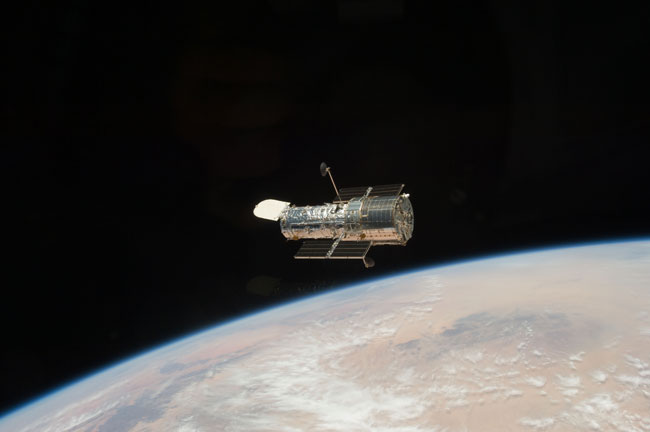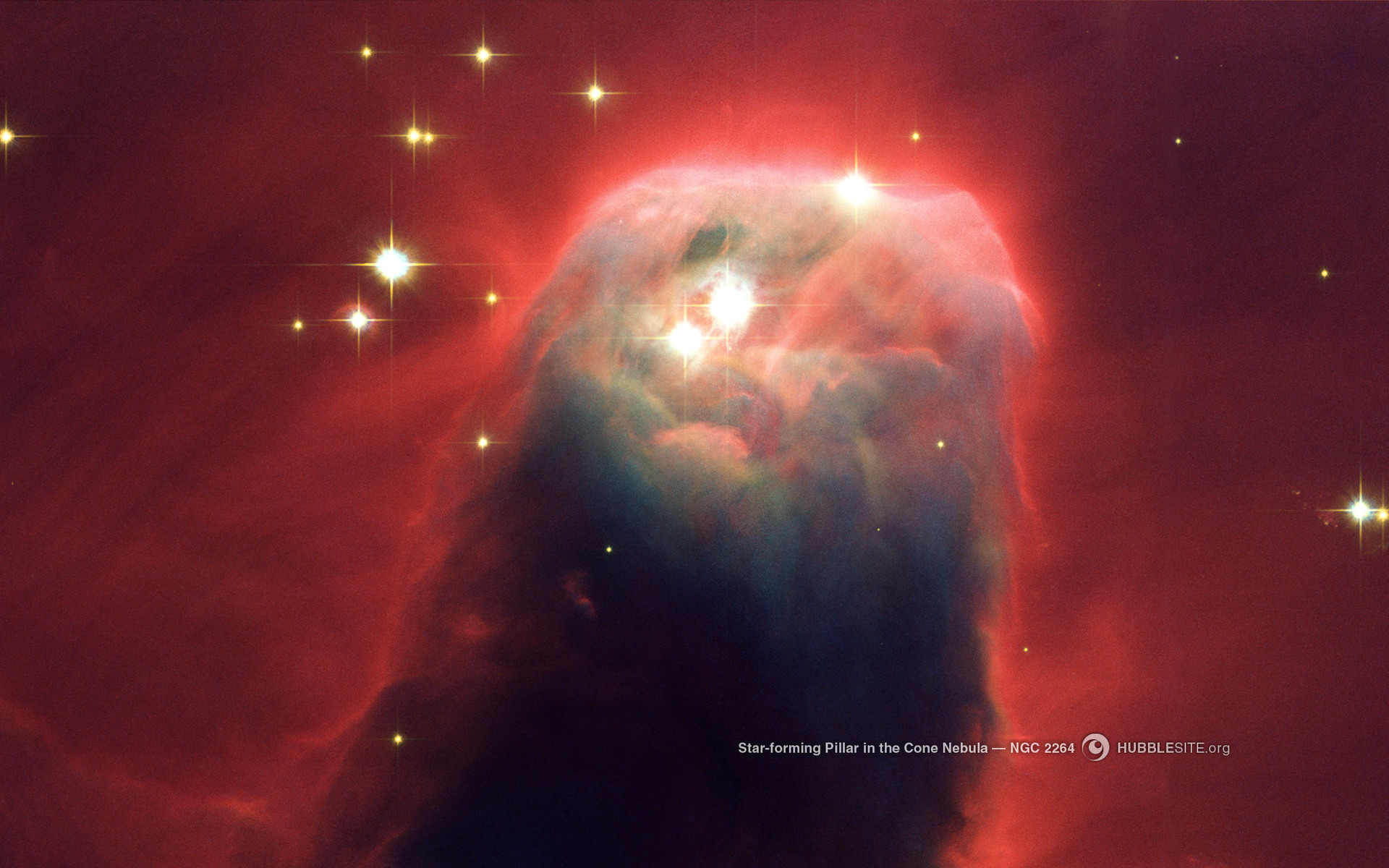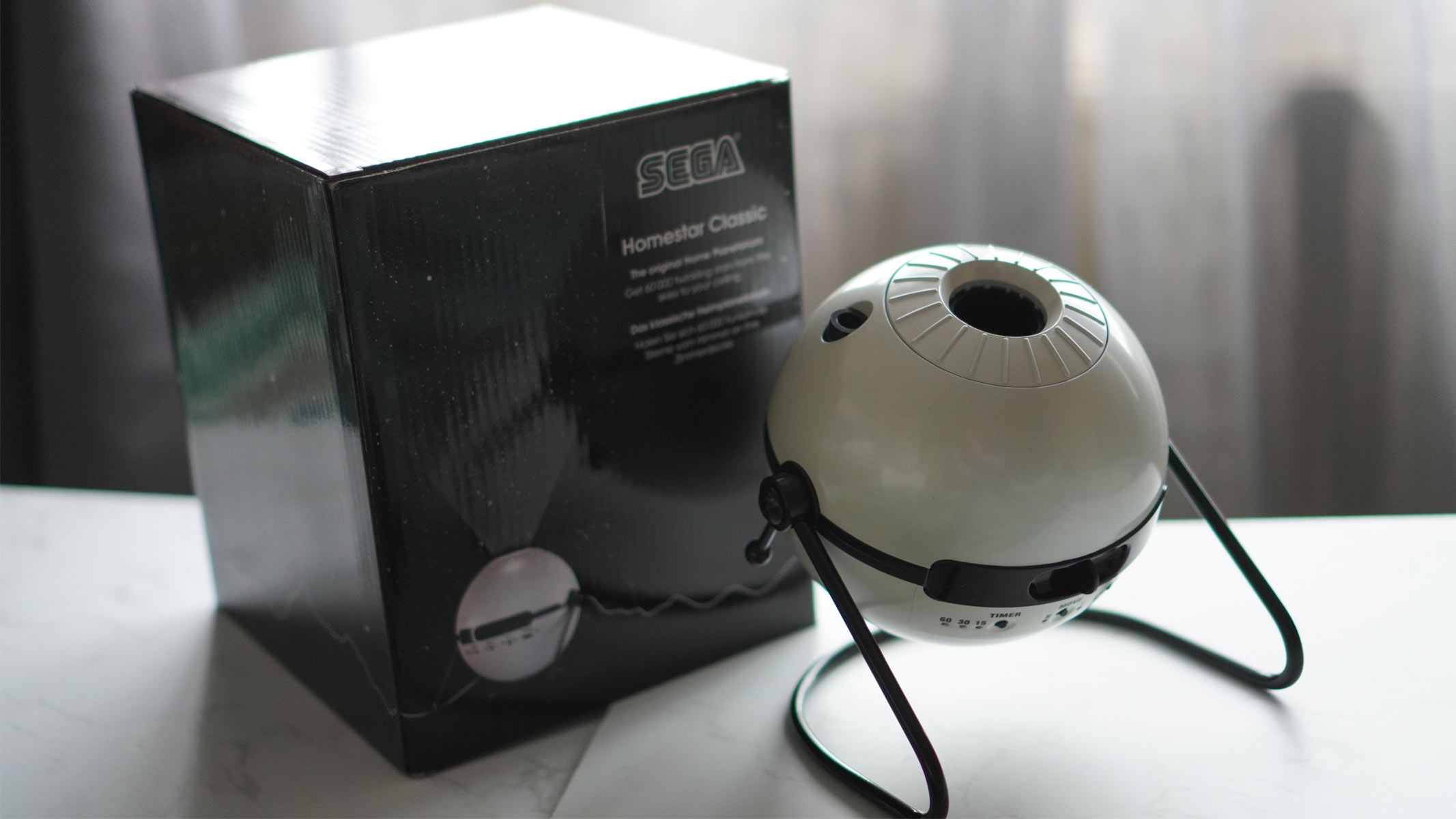Hubble Space Telescope at 30: Astronaut Mike Massimino looks back at fixing a space icon
"As long as Hubble's working, it's gonna be used."
Thirty years ago this week — on April 24, 1990 — the Hubble Space Telescope launched into space and opened humanity's eyes to the cosmos. Now, we reflect on how this groundbreaking instrument has changed and evolved our understanding of the universe.
Space.com spoke to retired NASA astronaut Mike Massimino, who currently serves as the senior advisor for space programs at the Intrepid Sea, Air and Space Museum, about his experiences working with the telescope and its importance to science and society.
Massimino worked as a "space repairman," flying and completing spacewalks on the last two servicing missions to the space telescope in 2002 and 2009. So, not only did he help ensure that Hubble would work properly, he also got to know the telescope from an incredible, up-close vantage point.
Related: The most amazing Hubble Space Telescope discoveries

Reflecting on the importance of the telescope 30 years after its launch, Massimino shared his thoughts on Hubble's most important achievements. "I think there's a certain set of things that Hubble was looking for," Massimino said. "Things like 'Do black holes exist?' Yes, they exist and Hubble found them."
But, more than just answer questions, Hubble has explored the cosmos in ways that couldn't even be anticipated. "A scientific instrument, a really good one like Hubble — I think the best one ever actually — is able to not just answer questions but create questions as well," Massimino said. He used the example of dark energy. Scientists wanted to use Hubble to measure how quickly the expansion of the universe was slowing, only to discover the opposite: that our universe's expansion is actually accelerating. This discovery and the resulting hypothesis of mysterious dark energy to cause that acceleration has forever changed our view of the universe and has opened up a new question: what is dark energy?
However, "I think, maybe in my opinion, the coolest thing," Massimino said about Hubble, is "it takes us places we could only dream about going and shows us the beauty of the universe that's out there."
Get the Space.com Newsletter
Breaking space news, the latest updates on rocket launches, skywatching events and more!
Fantastical images
Massimino shared two of his favorite images taken by the space telescope. "My favorites are the ones that they took soon after we worked on it, 'cause it showed that we didn't break the telescope," he said, half-joking.
The first of Massimino's favorites images, he said, is of the Cone Nebula. The image "came out soon after my first flight with the advanced camera for surveys, which I helped to install … and you think you did the job right," he said. But it took a little while after the mission until they received images. "I was pretty confident that we did a good job, but then when you see those beautiful images," he said, it was a relief to know that the instrument he'd worked on was functioning properly.

His other favorite image he thinks of fondly for a similar reason. Massimino also worked on the Space Telescope Imaging Spectrograph (STIS). STIS was "never intended to be taken apart," Massimino said. But on one particular spacewalk, he had to repair the instrument.
"It was this long, drawn-out process to get that thing fixed and it worked," he said. "And the first image that came out of it was just like a point of light, it looked like a lightbulb somewhere far, far away … I was really happy."
Hubble's future
Massimino is excited about Hubble's future and the future of space exploration and observation. "Hubble is great," he said. "It's a lot better than what we've had in the past, and hopefully we'll have a lot of things that are a lot better in the future."
He reflected on one particular shuttle mission during which, to celebrate the 400th anniversary of Galileo Galilei's observations, they brought up one of the astronomer's telescopes. "You couldn't see a thing out of it!" Massimino said. "We've come a long way and I think that maybe someday, something like Hubble will seem like that to someone 400 years from now."
He added that he's excited for the James Webb Space Telescope, which is set to launch in March 2021, to start observing in space as well. Hopefully, it will " surpass a lot of the discoveries that Hubble was able to make [and] increase the discovery potential that we have."
"But," he said, "as long as Hubble's working it's gonna be used."
- The best Hubble Space Telescope images of all time!
- Hubble Space Telescope: pictures, facts & history
- Hubble in pictures: astronomers' top picks (photos)
Follow Chelsea Gohd on Twitter @chelsea_gohd. Follow us on Twitter @Spacedotcom and on Facebook.
OFFER: Save 45% on 'All About Space' 'How it Works' and 'All About History'!
For a limited time, you can take out a digital subscription to any of our best-selling science magazines for just $2.38 per month, or 45% off the standard price for the first three months.
Join our Space Forums to keep talking space on the latest missions, night sky and more! And if you have a news tip, correction or comment, let us know at: community@space.com.

Chelsea “Foxanne” Gohd joined Space.com in 2018 and is now a Senior Writer, writing about everything from climate change to planetary science and human spaceflight in both articles and on-camera in videos. With a degree in Public Health and biological sciences, Chelsea has written and worked for institutions including the American Museum of Natural History, Scientific American, Discover Magazine Blog, Astronomy Magazine and Live Science. When not writing, editing or filming something space-y, Chelsea "Foxanne" Gohd is writing music and performing as Foxanne, even launching a song to space in 2021 with Inspiration4. You can follow her on Twitter @chelsea_gohd and @foxannemusic.
-
Lovethrust I will always associate him with The Big Bang Theory , “hey Froot Loops!” :smileycat:Reply

